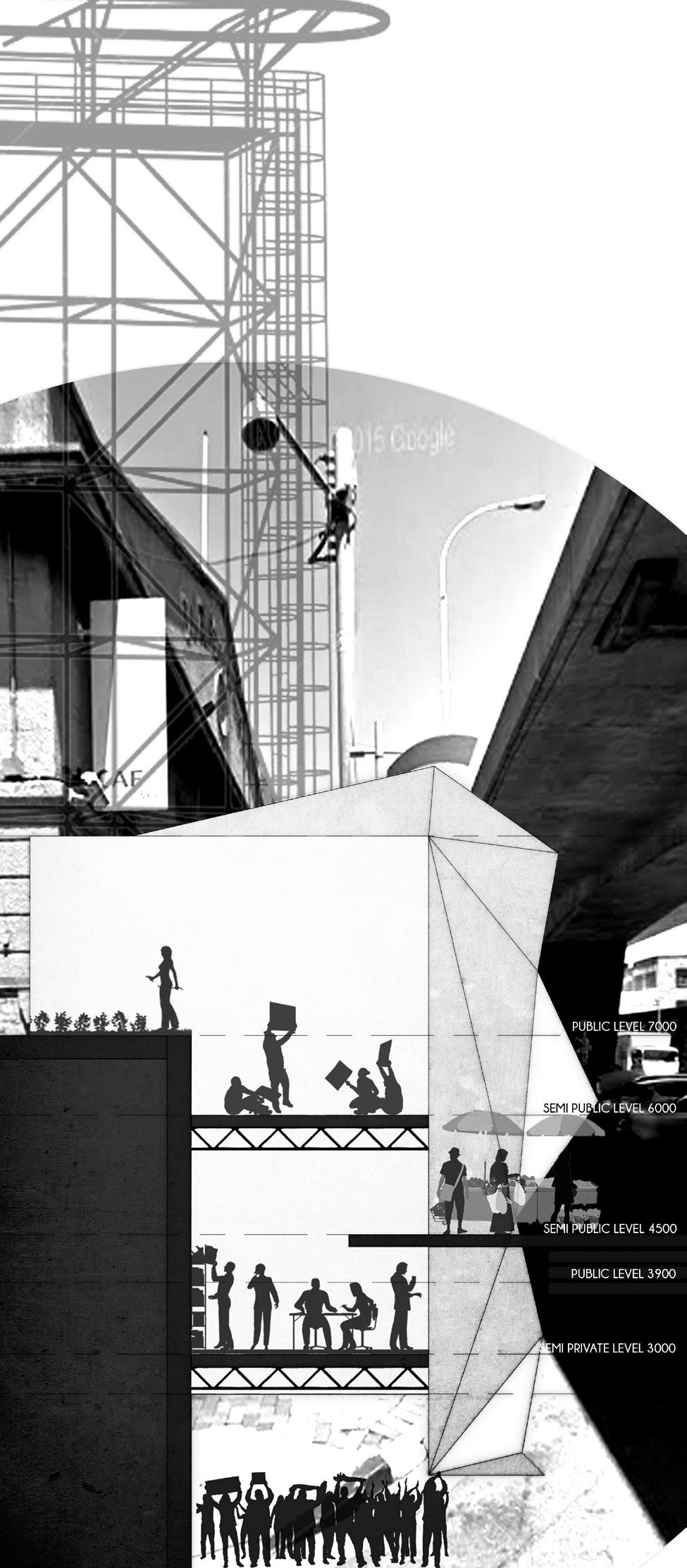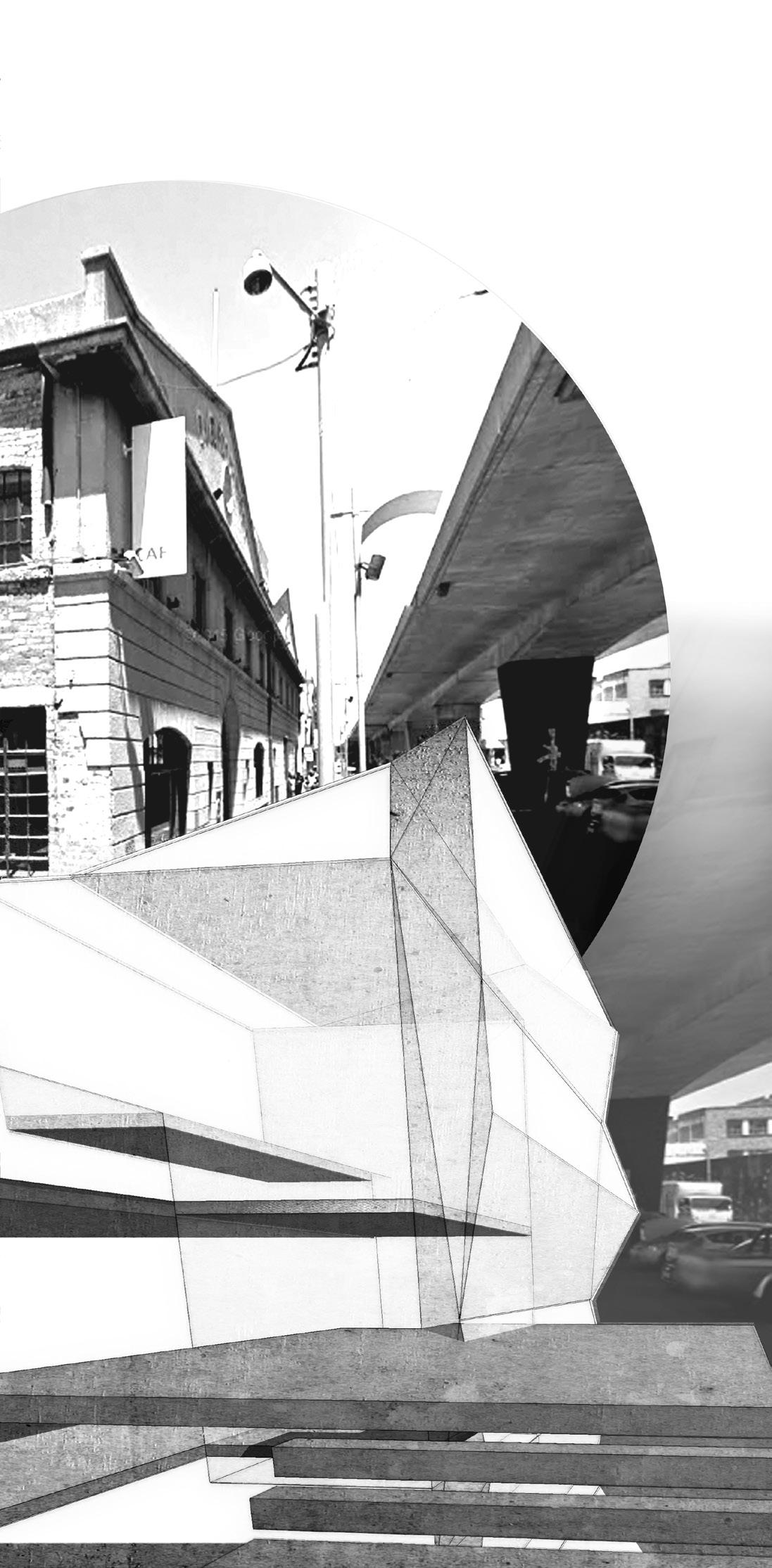
1 minute read
Zakkiyah Haffejee
PARA-test
Zakkiyah Haffejee- 3rd Year Diploma
Advertisement
Over 200 000 South Africans sleep on the streets every night.
The nature of architecture within the urban framework that we live, sleep and work in today, is categorized by the amount of money in your back pocket.
“Cities have always struggled with the tension between the different needs of social classes who share the space.” (Chris Mills, 2015)
Defensive architecture, sometimes referred to as hostile architecture or anti-homeless architecture is ‘designed’ to deter ‘unruly or unsightly’ behavior within spaces. These modifications are often too subtle to be noticed by the general public, but are put in place to discourage loitering, sleeping and sitting. By implementing such measures, not only are we making it impossible for the dispossessed vagrant to rest his weary body, but we also make it difficult for the elderly, for the cripple and for the dizzy pregnant woman needing to take a seat, to name a few.
My intervention, latches onto a private sector building designed for a certain class of people and ensured to keep others out. It questions levels of public and private interaction and provides spaces for all classes. The parasitic structure is inspired by works of graffiti that appear overnight in protest of certain causes.
If defensive architecture is the protest, then by challenging this notion, ultimately, we would we protesting the protest.













